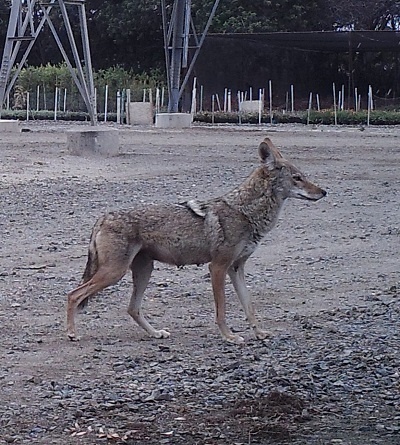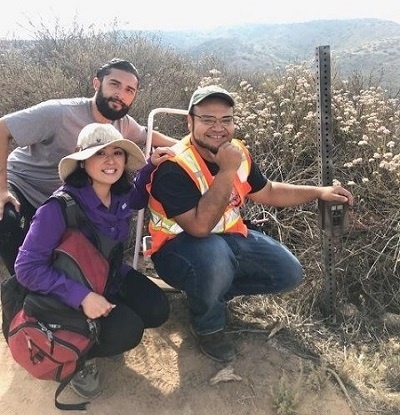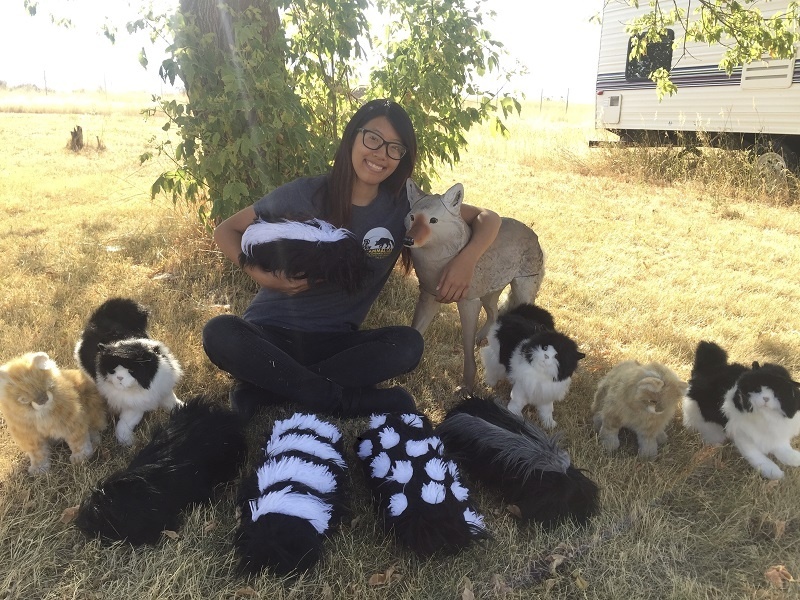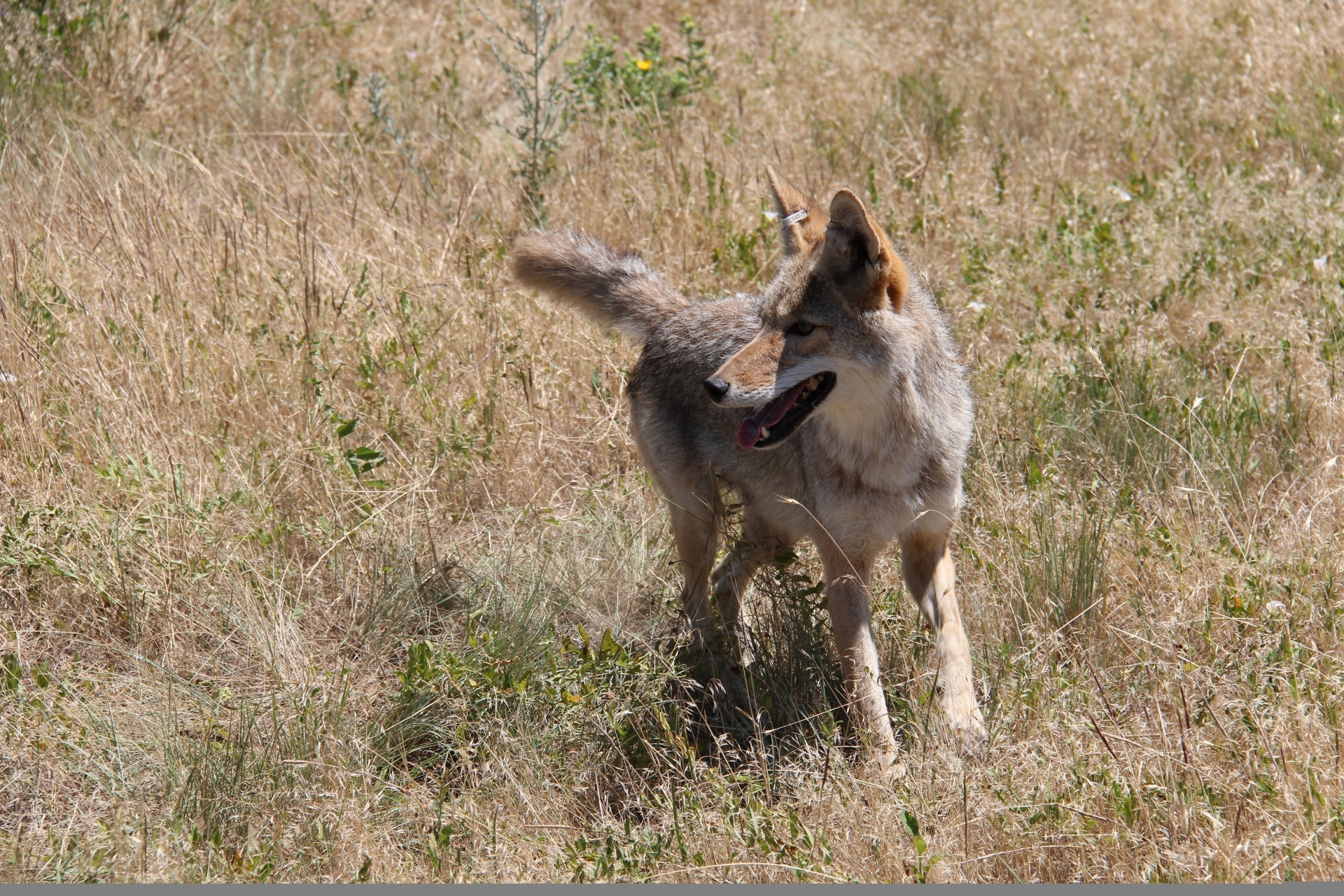Urban Predator Ecology and Behavior

However, the effects of urbanization are not the same for all species; the North American home range of coyotes for example, has expanded despite urbanization, their presence in urban landscapes being attributed in part to behavioral adaptations that allow them to exploit anthropogenic food sources and structures. We are studying how coyotes (Canis latrans) and other predators move through urban landscapes, feed on different types of prey, and interact with domestic pets. We are working toward these goals in three distinct ways:
Urban Carnivore Monitoring

Predators and Prey Models
We also use motion activated trail cameras to study wild predator interactions with prey models. Specifically, we are interested in how coyotes interact with (i.e., avoid, investigate, are attracted to) artificial furry skunk models that have different stripe patterns and scents associated with them. By observing natural spontaneous encounters with our models, we can study how different signals from the skunks influence coyote predatory behavior.

Predator Learning and Captive Coyotes

In collaboration with Utah State University, we have been conducting experimental studies of coyote predatory and learning behavior on captive coyotes at the USDA Predator Research Center in Logan, Utah. Using artificial furry models that vary in coloration and may or may not spray noxious skunk oil, we can ask questions about how individual naive coyotes learn about skunk defenses and their ability to generalize negative experiences to new encounters with other skunks that might vary in their patterns. Further, we ultimately hope to use our knowledge of aversive learning in coyotes to explore the potential of training wild coyotes to not attack domestic pets and ease human-wildlife conflict.





